Uncategorized
-
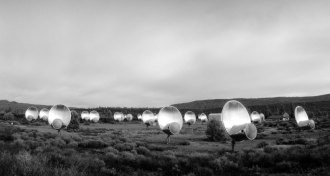 Science & Society
Science & SocietyHumans have pondered aliens since medieval times
People have been fascinated with extraterrestrials for centuries. If only aliens would get in touch.
-
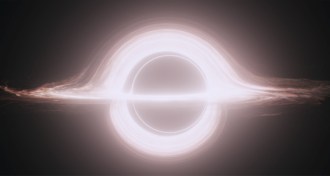 Cosmology
CosmologyHow to make gravitational waves ‘sing’
A rapidly spinning black hole would make a unique pattern of gravitational waves when it sucks in a smaller companion.
-
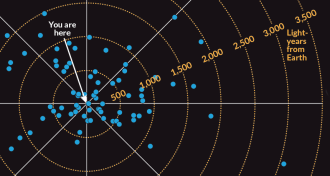 Astronomy
AstronomyTo find ET, look at who’s (maybe) looking at us
To listen for aliens, two astronomers suggest that we focus on stars whose inhabitants can see Earth periodically cross in front of our sun.
-
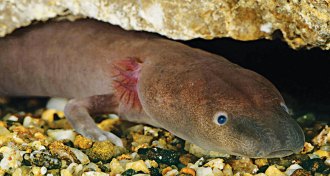 Animals
AnimalsCave-dwelling salamander comes pigmented and pale
Something’s funny in the family tree of pale, slinky cave salamanders.
By Susan Milius -
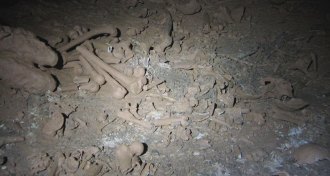 Anthropology
AnthropologyBelize cave was Maya child sacrifice site
Bones in Central American cave suggest many Maya sacrificial victims were children.
By Bruce Bower -
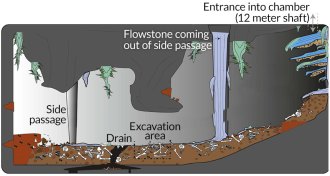 Humans
HumansPieces of Homo naledi story continue to puzzle
Researchers defend Homo naledi as a new hominid species and debate how it reached an underground cave.
By Bruce Bower -
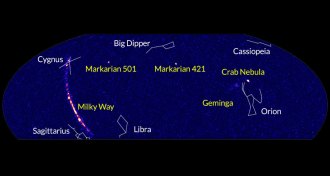 Cosmology
CosmologyNew sky map charts previously unknown gamma-ray sources
A new map of the sky from the High-Altitude Water Cherenkov Observatory charts the cosmic origins of high-energy photons.
-
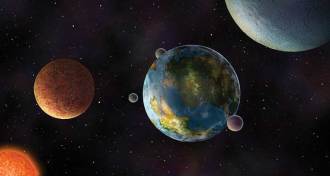 Planetary Science
Planetary ScienceHow alien can a planet be and still support life?
Geoscientists imagine the unearthly mechanisms that could keep alien planets habitable.
-
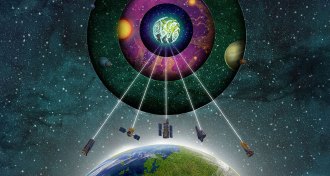 Astronomy
AstronomyNew telescopes will search for signs of life on distant planets
Researchers are coming up with creative ways to pick up biosignatures in far-away planetary atmospheres.
-
 Quantum Physics
Quantum PhysicsInformation is physical, even in quantum systems, study suggests
A thermodynamic principle says that deleting information generates heat, and now, scientists say that goes for quantum systems, too.
-
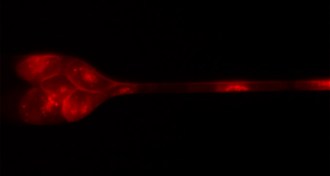 Health & Medicine
Health & MedicineClusters of cancer cells get around by moving single file
Clusters of cancer cells squeeze through thin blood vessels by aligning single file.
-
 Space
SpaceWill we know extraterrestrial life when we see it?
Desert varnish and certain minerals hint that life — here and elsewhere — may defy current criteria.